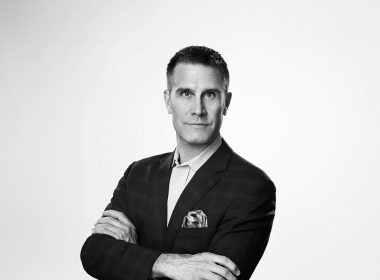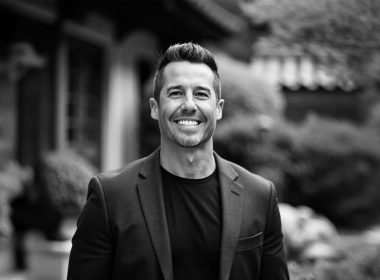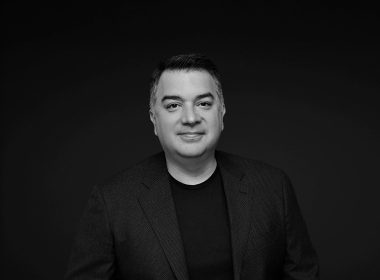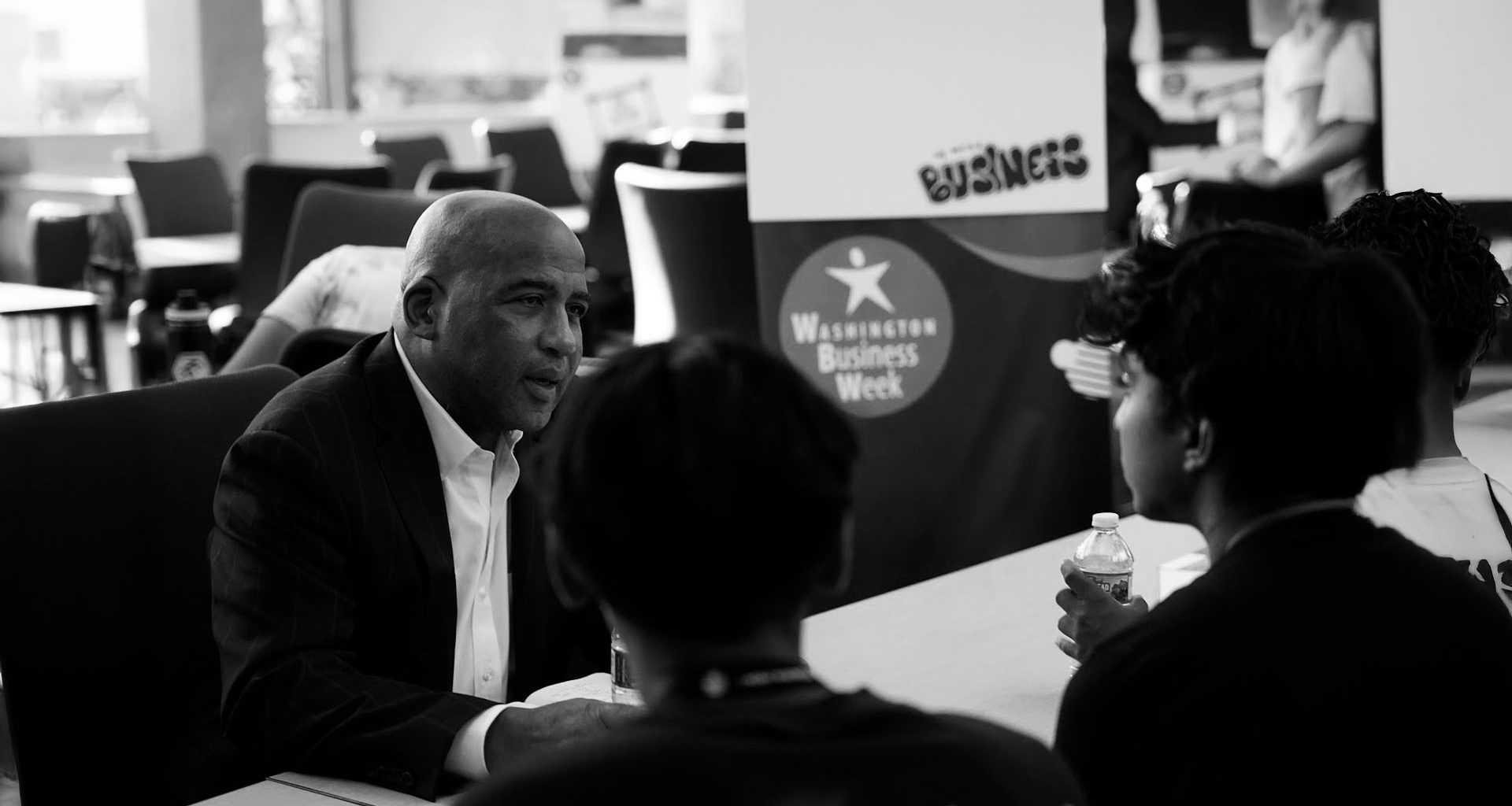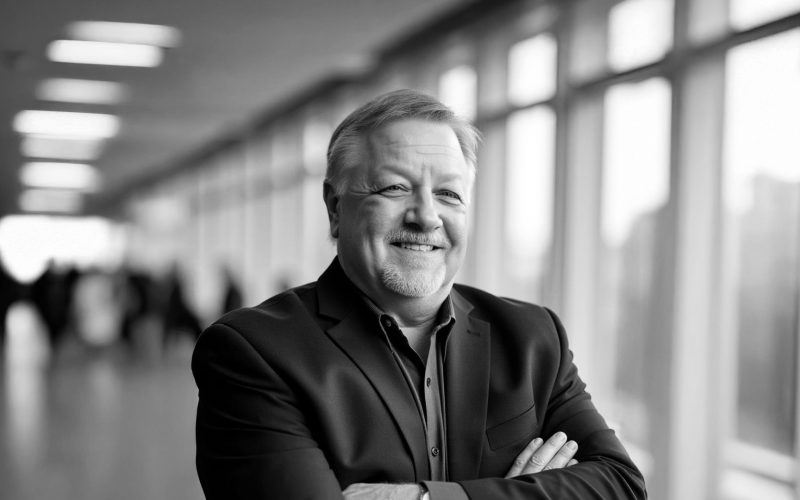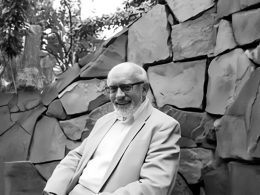Technology projects don’t fail because of bad tools. More often, companies become so focused on the latest software or hardware that they lose sight of their original goals. Harrison Allen Lewis has seen this challenge firsthand, which is why he brings a fresh, purposeful approach to technology consulting that keeps projects aligned and moving forward.
Learning from Decades in Technology
Lewis never set out to spend his career fixing other people’s technology problems. “I’ve been in the tech trenches for over two decades as a chief information officer, chief data and security officer, and now leading an AI-first consultancy that helps companies navigate massive change with confidence,” he says. Those years taught him a lesson many consultants overlook. His background spans corporate America across retail, consumer goods, manufacturing, distribution, and finance. Different industries, yet the same challenges. “Technology doesn’t transform a business. People do,” he explains. It may sound simple, but many companies still miss the point. That insight is what sets Jacob Meadow Associates apart. “Everything starts with a business and it ends with a business,” Lewis says. While other firms lead with polished demos and technical specifications, he begins with straightforward business questions. “Every recommendation we make must map back to a strategy, a goal, an aspiration, a pain point, or an opportunity.”
Culture Isn’t A Buzzword, It’s A Multiplier
Most executives roll their eyes when consultants bring up culture. Lewis understands this because he once thought the same way. That changed when he saw what happened to teams that truly cared about their work. “Culture isn’t a buzzword. It’s a multiplier,” he says.
He describes culture as a team’s invisible engine. When it is strong, everything moves faster, cleaner, and better. When it is weak, even the best strategy stalls. Over the years, he has watched projects succeed or fail entirely based on whether people believed in what they were doing. Lewis tells stories of leading large-scale transformations where no one burned out. That kind of outcome does not happen by chance. “We made accountability energizing, not exhausting, and we built pride into every sprint,” he recalls. The difference was not better project management software. It was making people care about the result. His advice is simple and direct: “If you want your team to go far, start making them care.”
Talent Is More Than Head Count, It’s Head Space
Here is where many IT leaders get it wrong. They hire as if they are building a computer, all specifications and certifications. Lewis learned early on that this approach does not work. “Talent is more than head count. It’s head space,” he explains. Technical skills matter, but they are only the starting point. “Yes, skills matter, but the secret sauce is curiosity, collaboration, courage.” You can teach someone a programming language. You cannot teach them to think creatively when everything goes wrong. Rather than relying only on outside recruiting, his teams invest in developing their own people. “We build an internal academy. We promote from within. We create space for technologists to experiment, fail fast, and learn,” he says. The upfront cost is higher, but the payoff shows up when projects get complex. The results speak for themselves: higher engagement, lower turnover, and teams that consistently outthink and outperform the competition. His philosophy comes down to three simple rules: “Hire for heart, train for edge, reward for impact.”
Vision Without Execution Is Just A Nice Poster
Every company has a vision statement. Most are forgettable. Lewis has seen too many impressive presentations that never translate into real results. “Vision without execution is just a nice poster,” he says. The issue is not a lack of vision. It is the inability to connect big ideas to daily work. “Teams don’t elevate unless they know where they’re going,” Lewis explains. To solve this, he created a framework called DayEgg. It stands for Define, Assess, Align, Execute, and Govern. It may sound simple, but it works. “We’ve used it to lead enterprise transformations, cloud migrations, and AI adoption. Always tied to business goals, always visible, always accountable.” When people see how their individual work contributes to larger outcomes, the dynamic shifts. “When your team understands the vision and sees their footprints on the outcome, they stop asking, ‘Why are we doing this?’ and start saying, ‘What’s next?’”
For Lewis, all the frameworks and methodologies in the world miss the point if they are not tied back to business. “IT only matters when it maps back to the business,” he says. It may sound obvious, but many technology teams still operate as if they are solving puzzles for fun. The shift comes when every strategy, every hire, and every project connects to a business outcome. That is when IT stops acting like a call center and becomes a true growth engine. That is also the difference between managing technology and using it to create real value.
Connect with Harrison Allen Lewis on LinkedIn to explore more of his insights.

